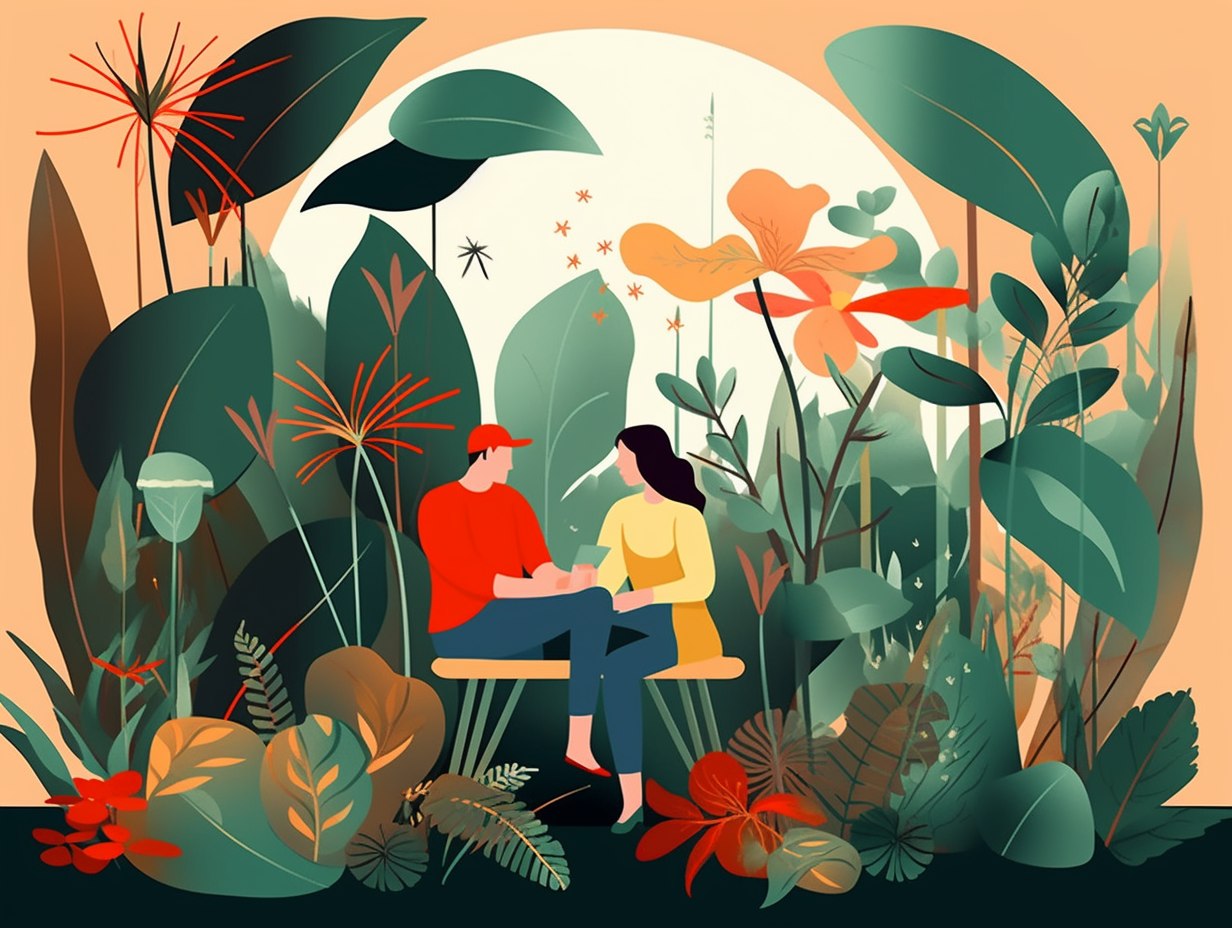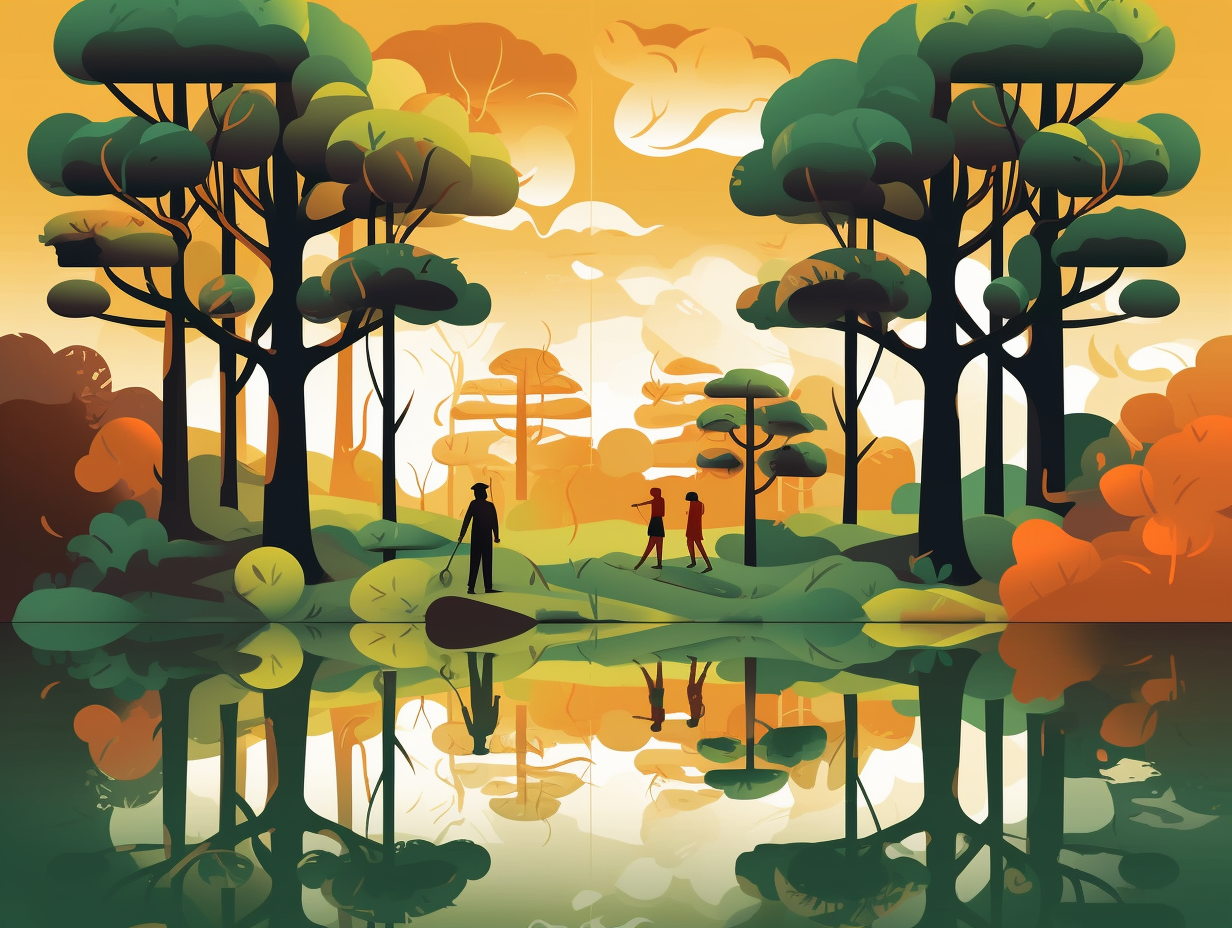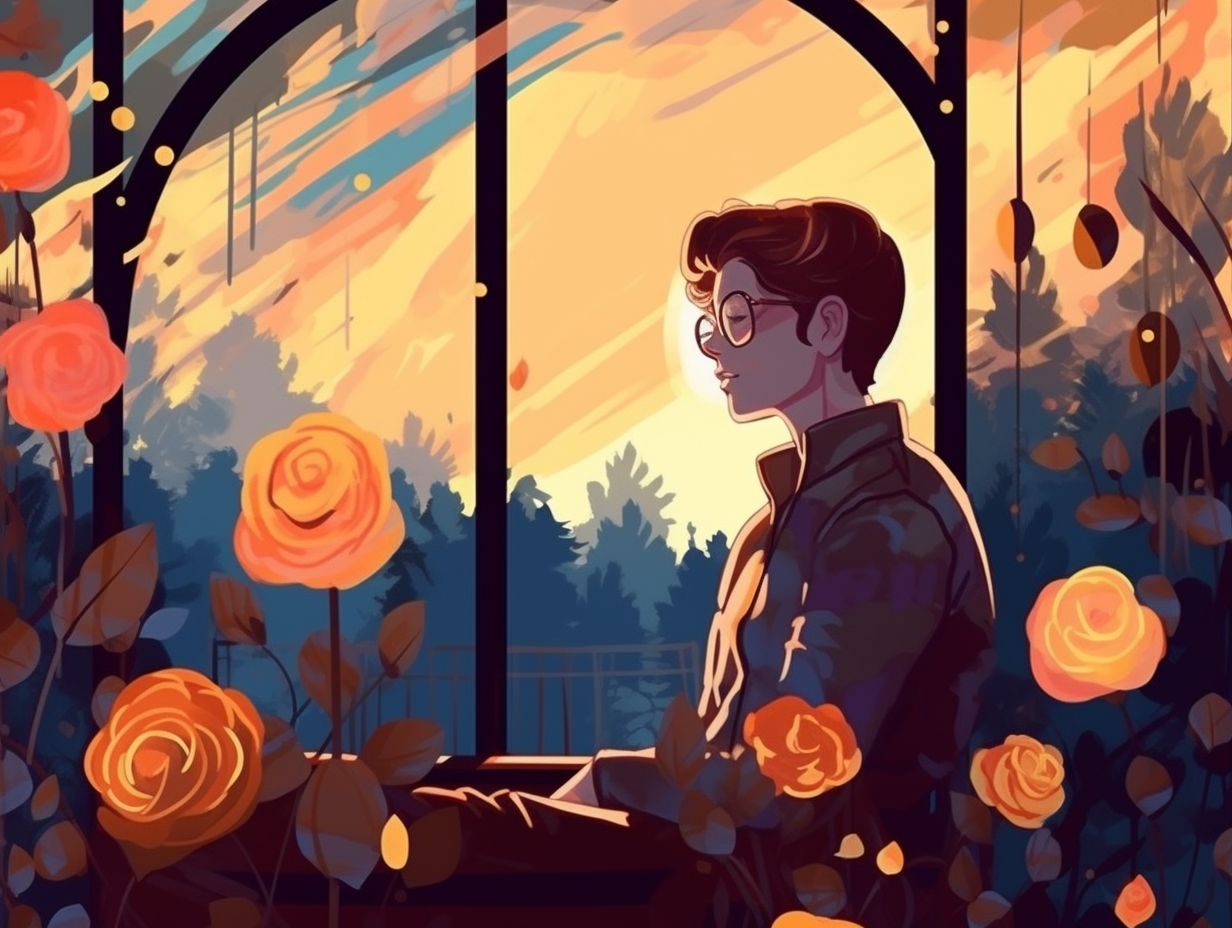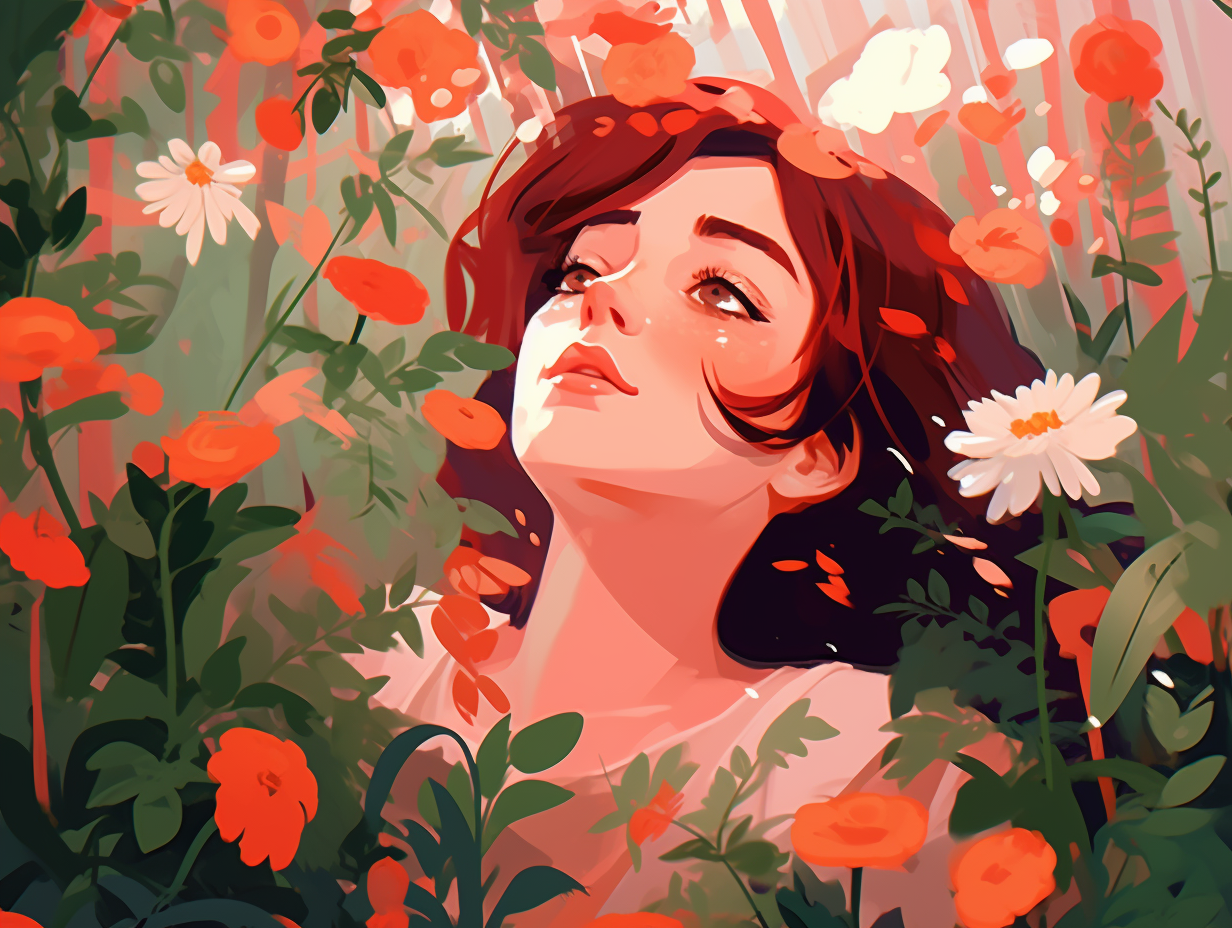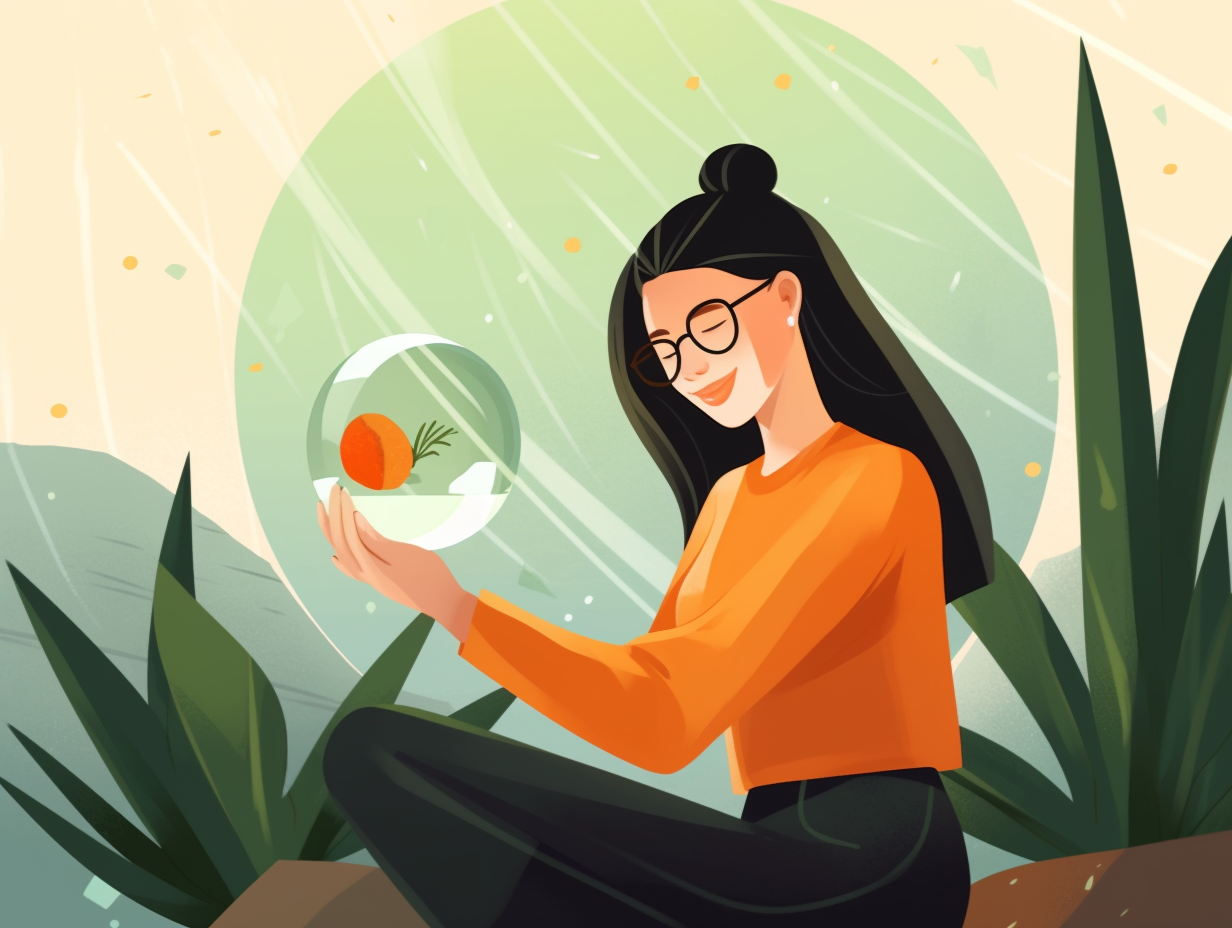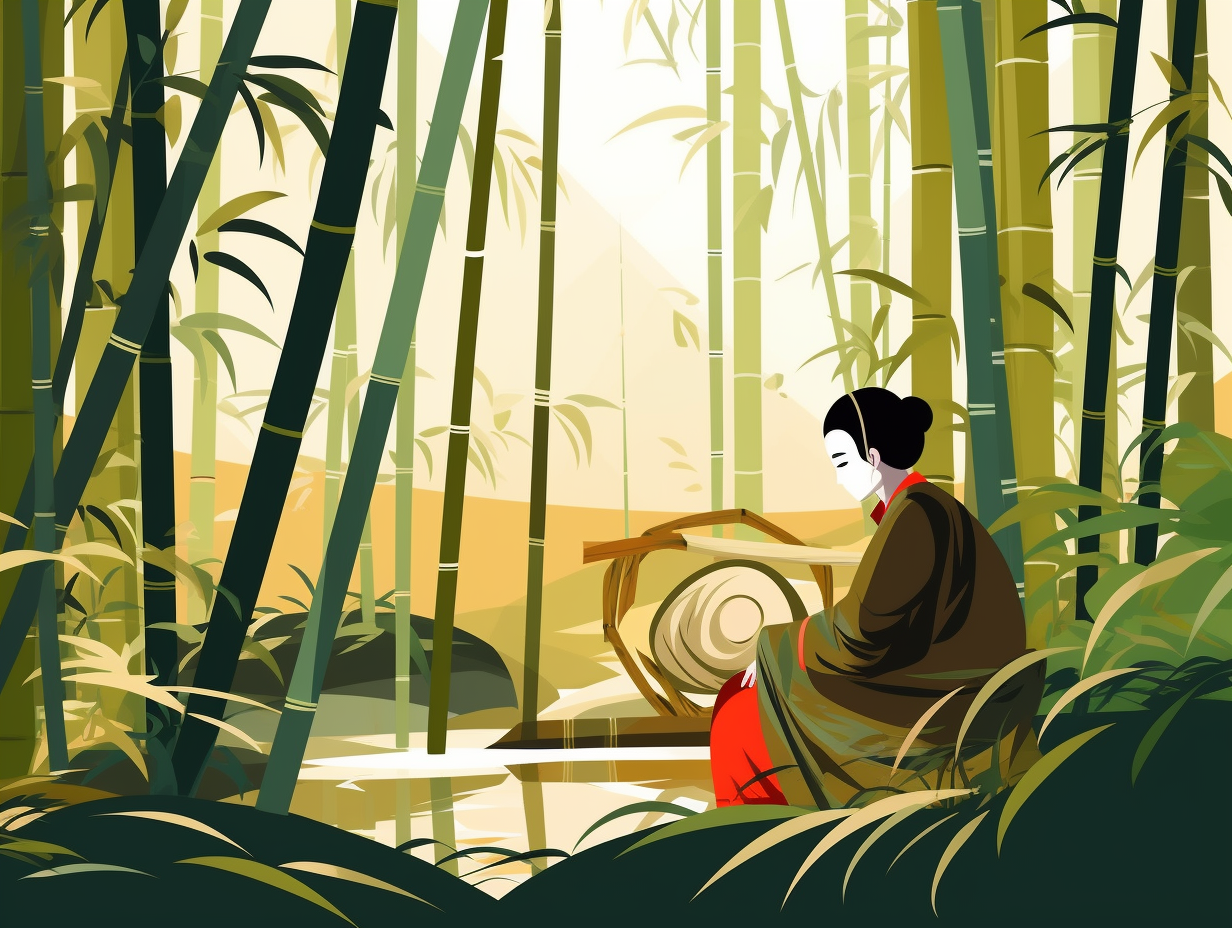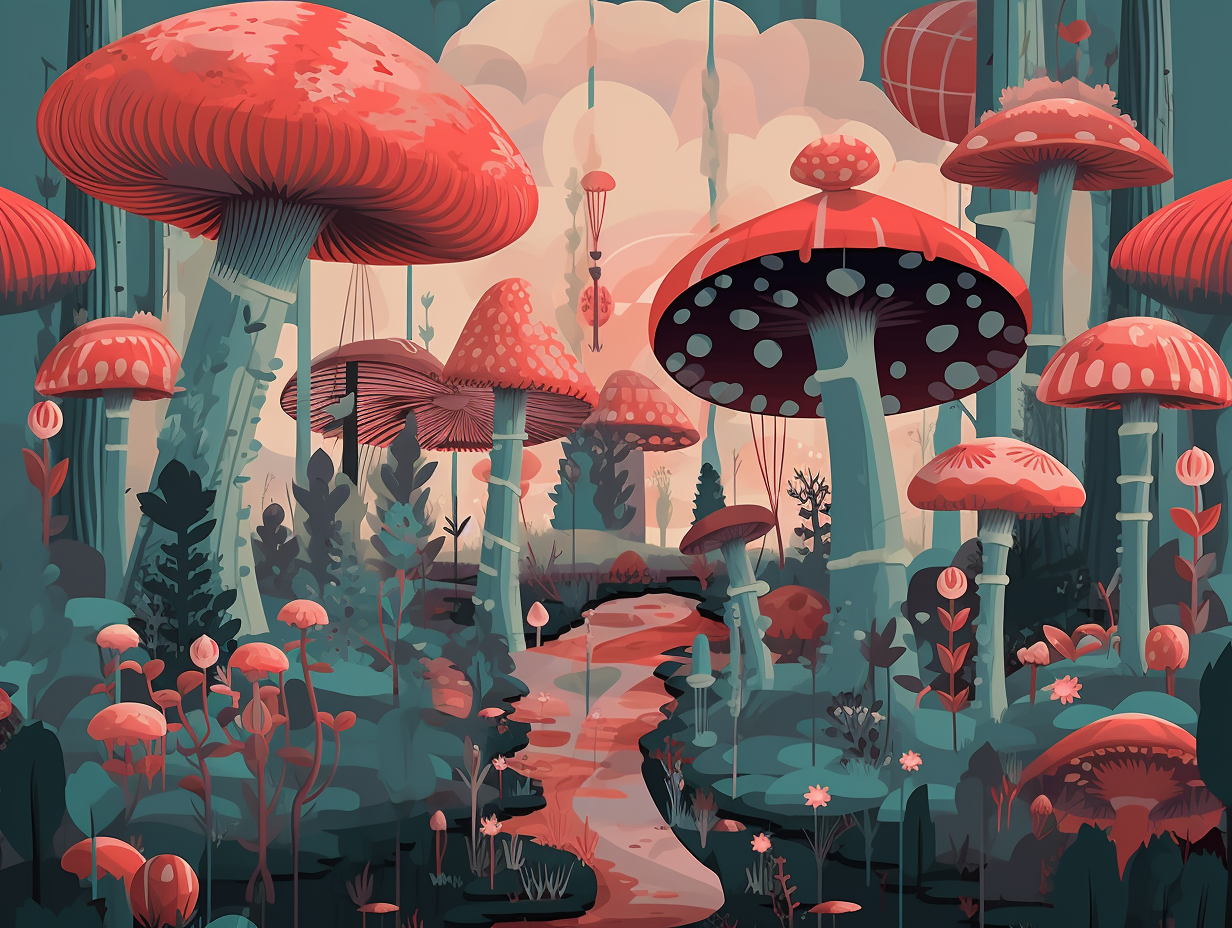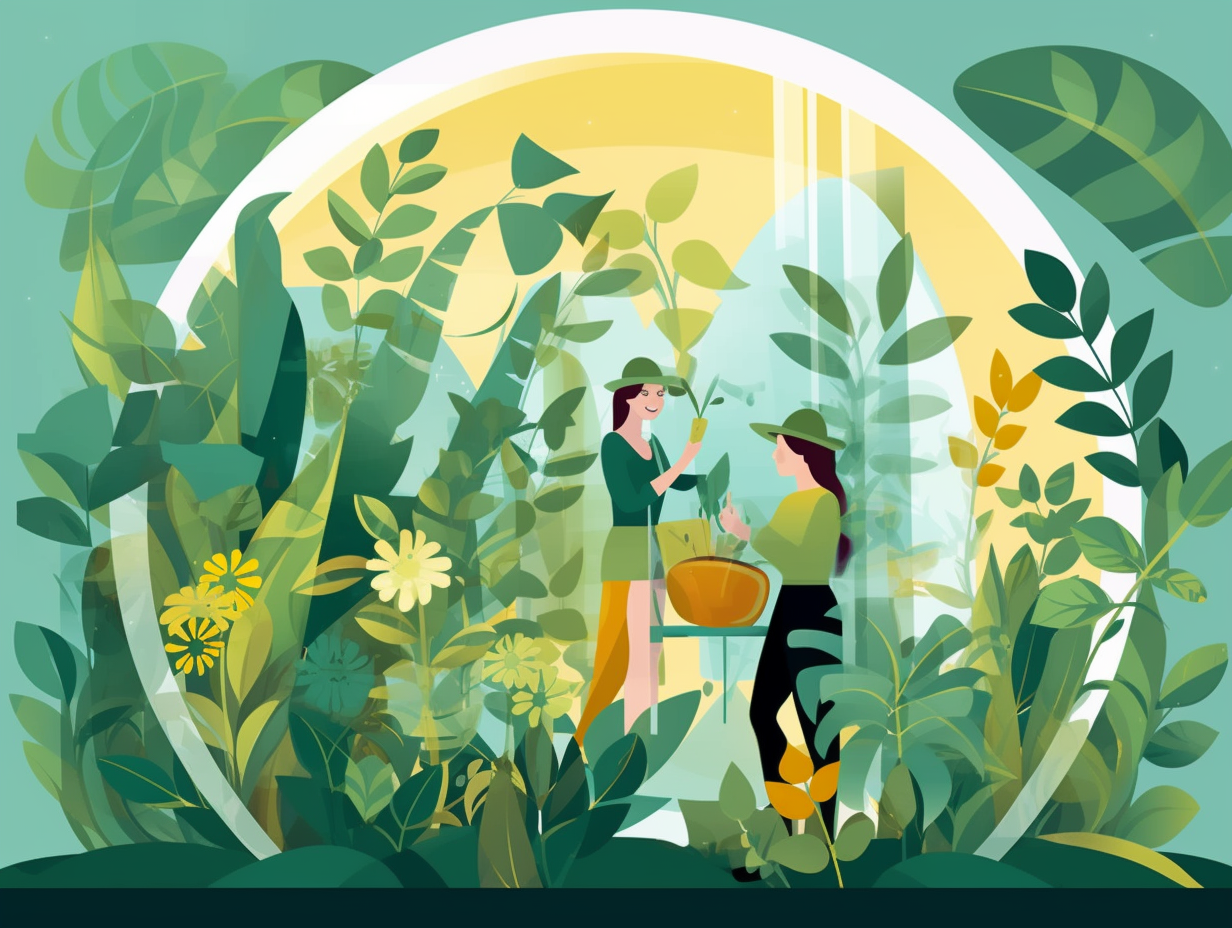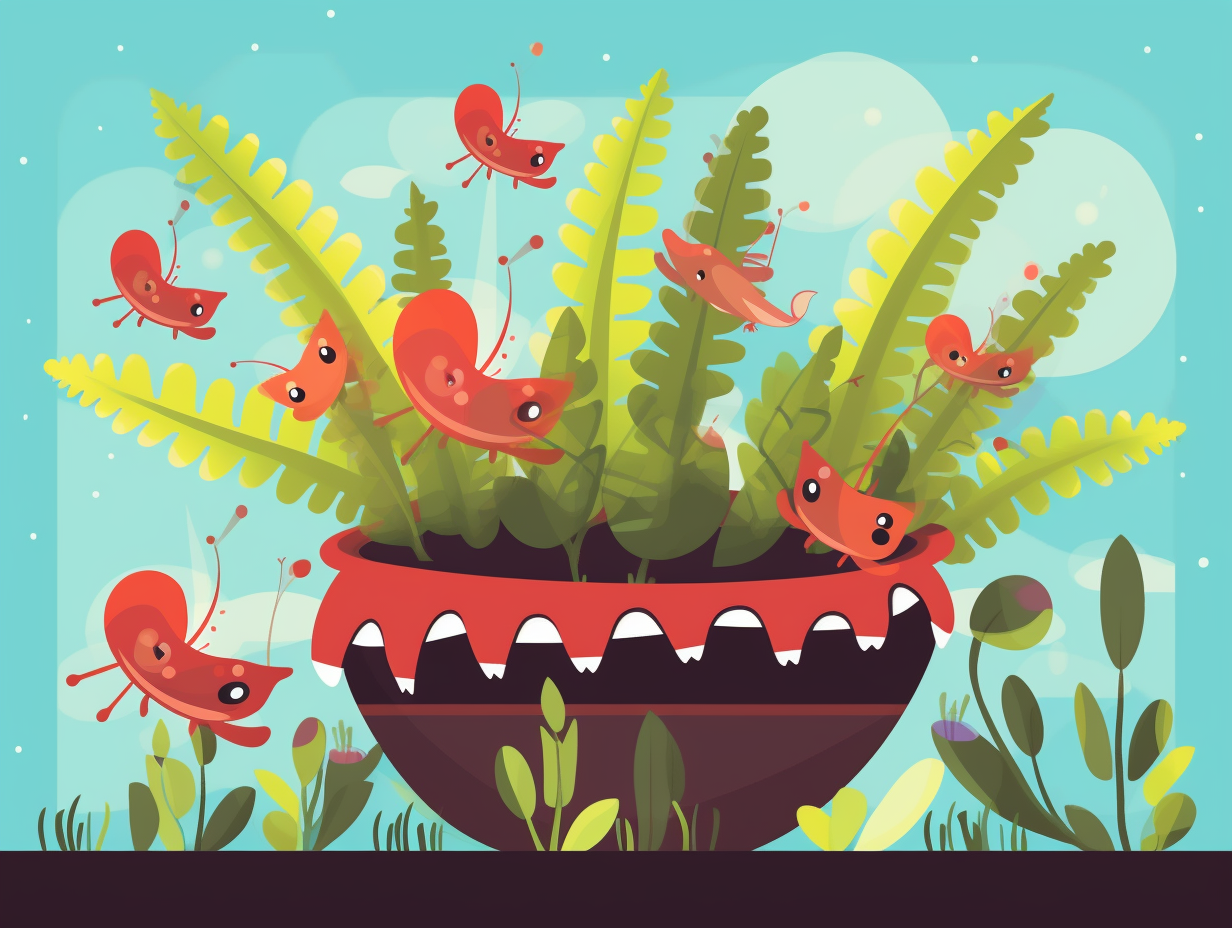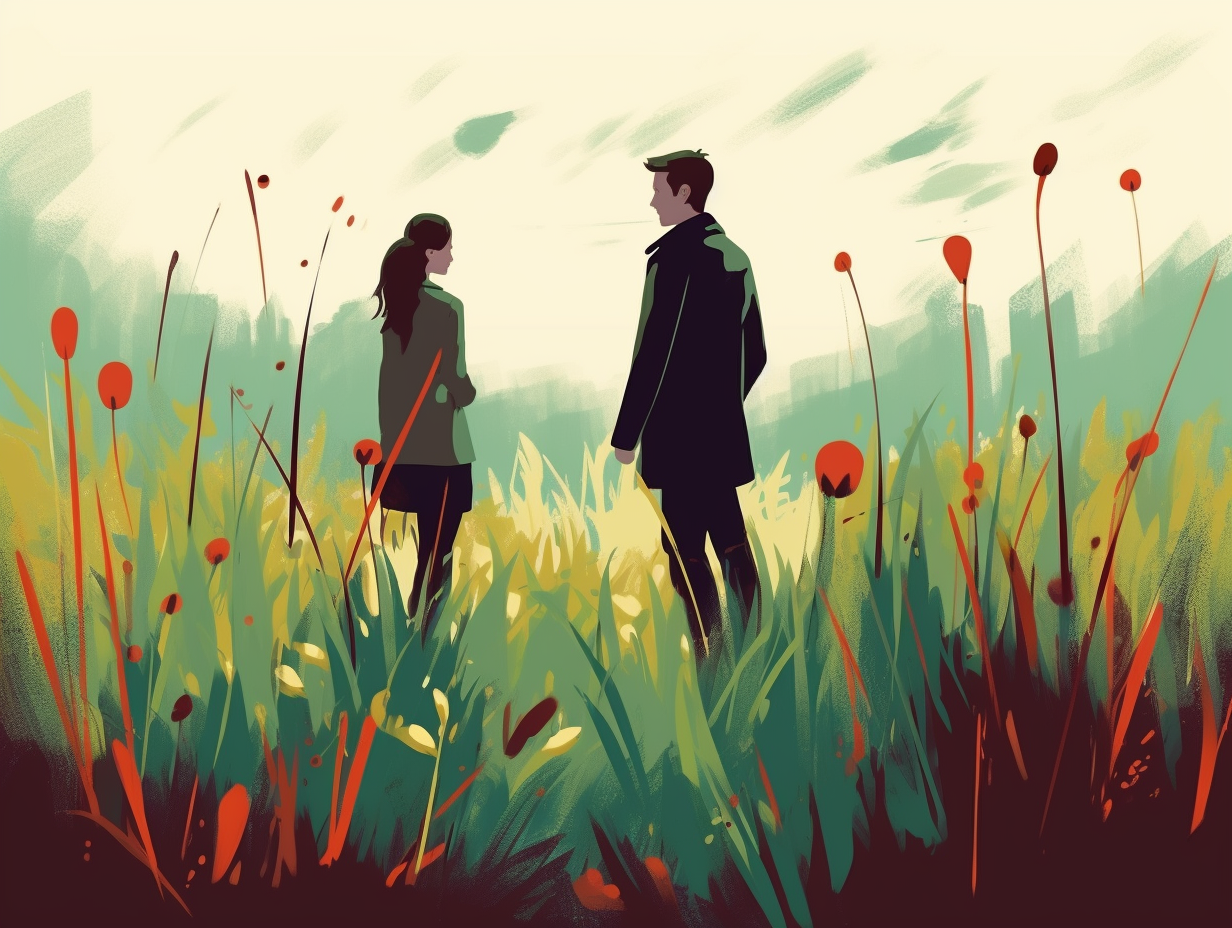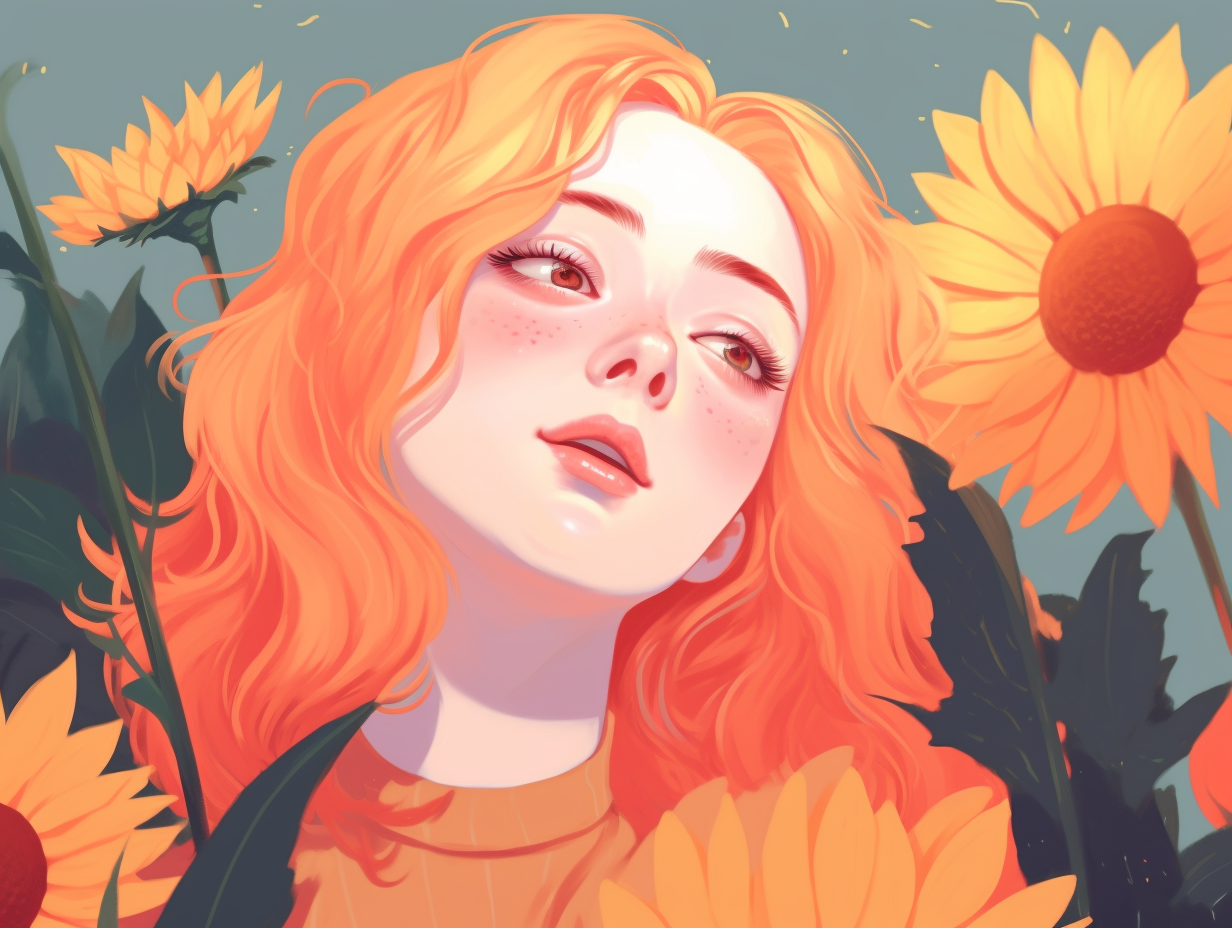Discover the Wild Side: 13 Fascinating and Fun Facts About Wildflowers You Never Knew!
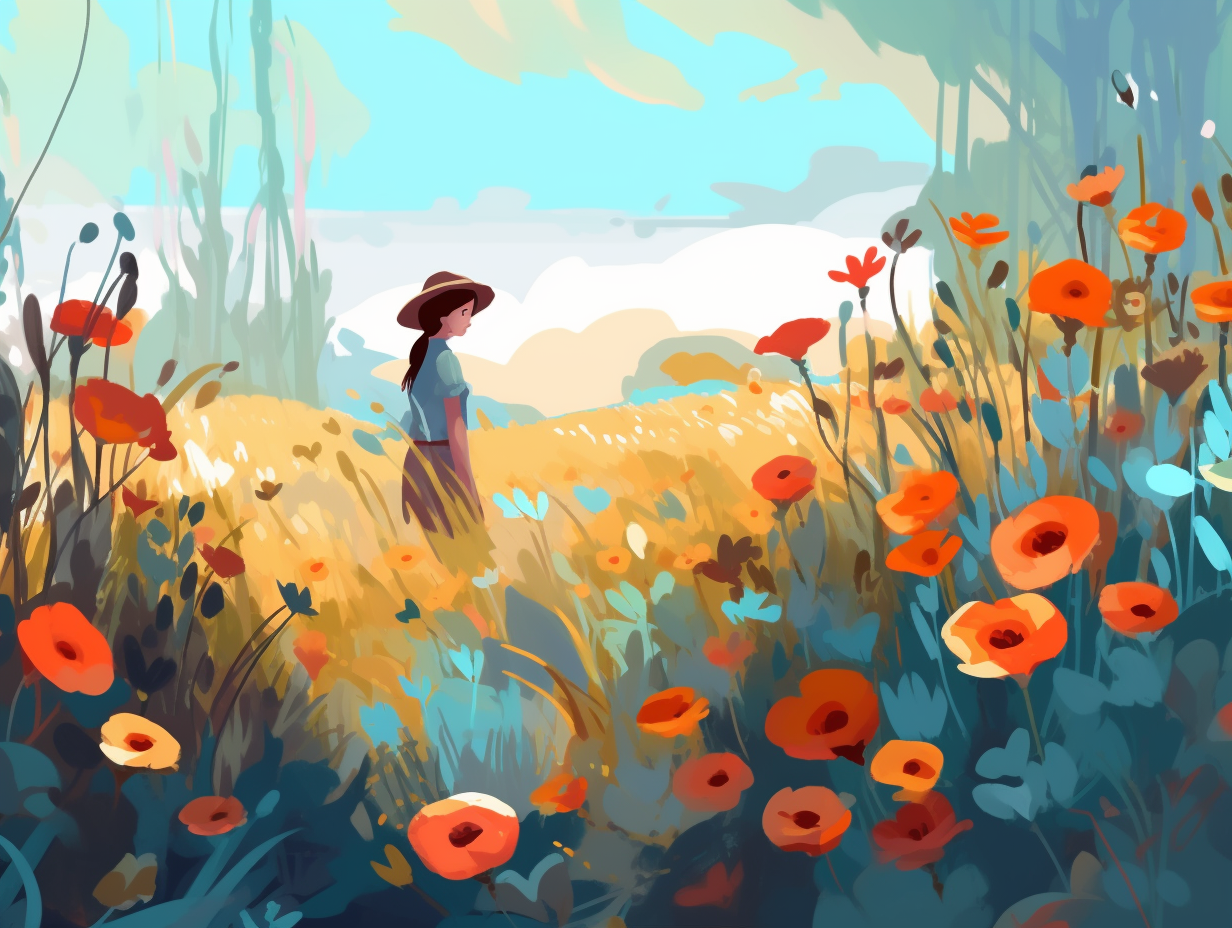
1. Wildflower Talent Show
Move over, America's Got Talent: wildflowers are hosting their very own pollen and nectar buffet for bees and pollinators, with some rising above the rest as star performers. The fabulous headliners include Oxeye daisy, Musk mallow, Corn marigold, Common knapweed, and Viper's bugloss, who delight their buzzing audience by offering superb pollen and nectar rewards, alongside a long-lasting floral fiesta.
Source => buzzaboutbees.net
2. Corpse Flower's Fetid Garden Party
When life gives you rotting carcasses, make a wildflower bouquet: The Titan Arum, aka the corpse flower, unleashes its pungent aroma of decomposing flesh for just one night, luring flesh-feeding pollinators like carrion beetles to join its fetid garden party in the Sumatran rainforests.
Source => kew.org
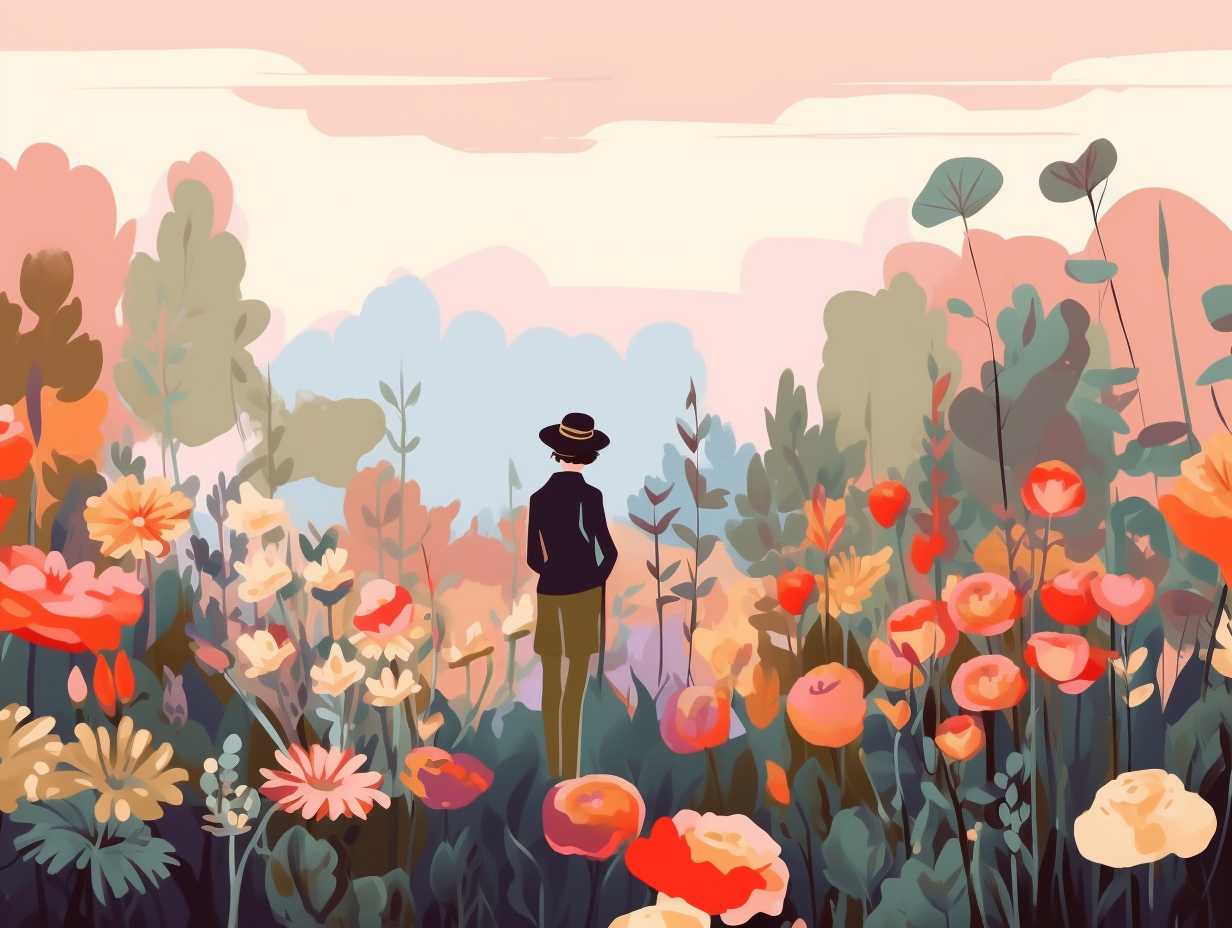
Discover the jungle's gigantic, smelly superstar: the titan arum, or corpse flower, boasting a staggering 6 to 8 feet in height, a bloom diameter close to 3 feet, and gigantic leaves! 🌺💀🌿
=> Fun Facts about Flowers
3. Fireweed's Windy Dispersal
Throwing a wildflower party? Don't forget to invite the wind as Fireweed's plus-one: This wildflower produces up to 500 seeds per capsule, equipped with a tuft of long hairs for easy wind dispersal, though most seeds lose viability after 18 to 24 months.
Source => fs.usda.gov
4. Bladder Campion's Fashion Statement
Feeling a little deflated? Well, the bladder campion wildflower could give you a run for your money with its livestock-inspired fashion statement: The unique bladder-like structure surrounding its flowers is actually made up of fused, inflated sepals, lending the wildflower its amusing name and uncanny resemblance to the bladders of farm animals.
Source => bio.brandeis.edu
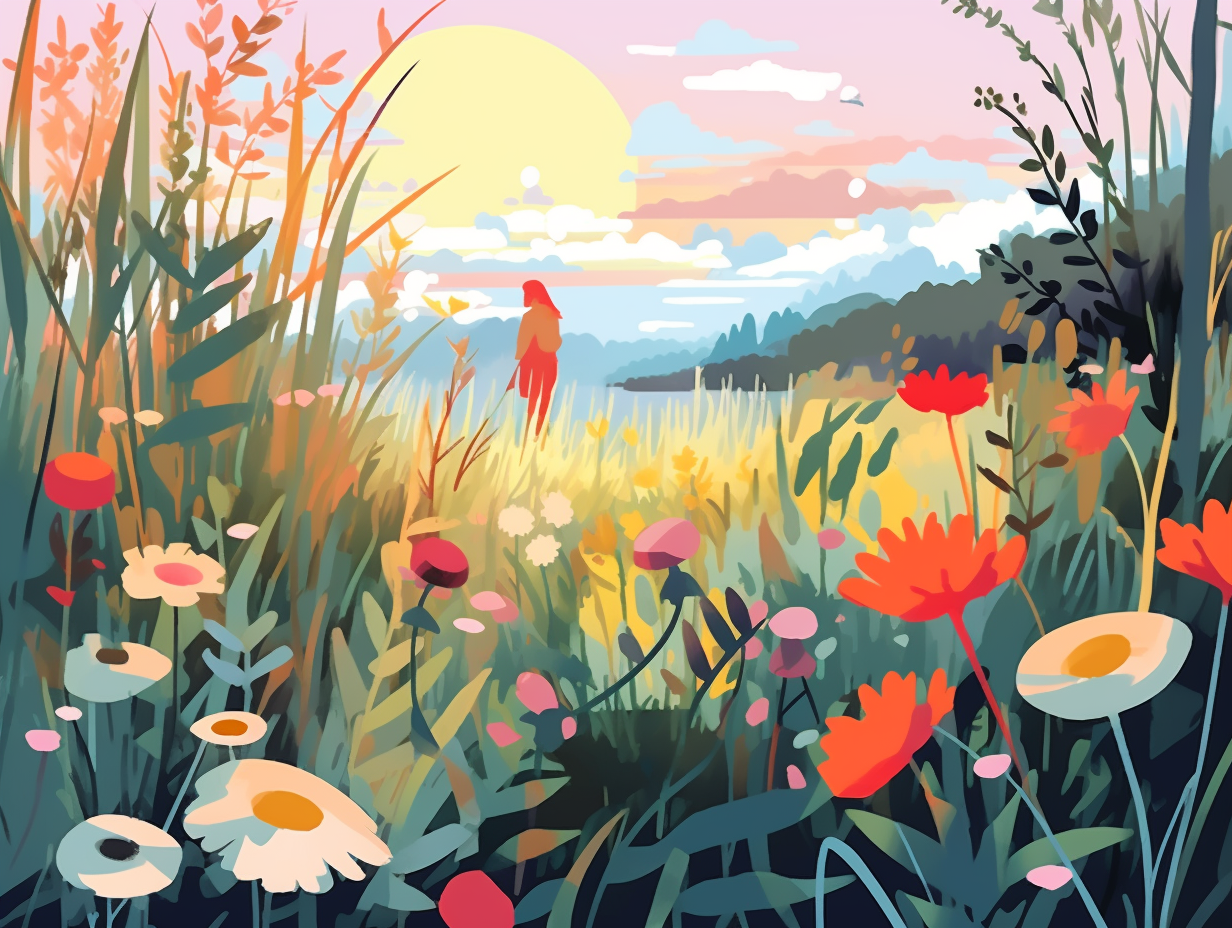
5. Dracula Orchids: Mushroom Mimics
Whoever said you can't have your mushrooms and smell them too was clearly unaware of the cunning Dracula Orchids: These deceptive wildflowers mimic the appearance and scent of mushrooms to attract fungus gnat flies for pollination, using both olfactory and visual tactics such as emitting chemicals identical to fungi and sporting sepal patterns that trigger the flies' innate attraction.
Source => newscientist.com
6. Edelweiss: The High-Altitude Healer
Whoever said money can't buy love never tried getting their hands on a high-altitude Edelweiss: a rare gem that laughs in the face of cold weather, aridity, and ultraviolet radiation, while doubling as a traditional remedy for stomachaches and lung ailments. This woolly wonder is the Daenerys Targaryen of the botanical world, ascending above the treeline and ruling the mountains like a Westerosi wildfire! Buuut seriously: the Edelweiss wildflower, also known as Leontopodium nivale, is found at altitudes of 1,800-3,000 meters, highly revered for its medicinal and symbolic values, and even serves as a national emblem to Romania, Austria, Slovenia, Switzerland, and Italy – reminding us all that love, dedication, and a bit of wildflower power can transcend borders.
Source => en.wikipedia.org
7. Bee Orchid's Solo Pollination Party
You could say the bee orchid is the strong, independent flower who don't need no bee: This clever little plant prefers self-pollination but still entices attention by mimicking a female bee's appearance and scent to attract pollinators, just in case they want to join the party.
Source => zoomologyblog.wordpress.com
8. Dangerous Cosmic Carolina Moonseed
While scientists often consult the stars to determine the trajectory of celestial vineyards, it turns out the secrets of the cosmos are as close as their backyard - and equally deadly: Carolina moonseed, or Cocculus carolinus, is a suspiciously grape-like vine producing toxic red berries that only birds and the occasional mischief-maker squirrel or raccoon can enjoy without consequences.
Source => wildflower.org
9. Corpse Flower's Rancid Rave
Nature's monstrous party crasher: Titan Arum, AKA the corpse flower, boogies up to a massive 10 feet tall and blitzes the room with a gut-wrenching combo of eau de blue cheese, undead rat, and garlic apocalypse before unleashing its mix of male and female flowers – politely at separate times to avoid floral incest – while luring carrion flies and beetles to join the rancid rave. But fear not, brave botanists fancily cut a hole in the bloom to extract strings of pollen without killing the vibe – or the plant!
Source => pbs.org
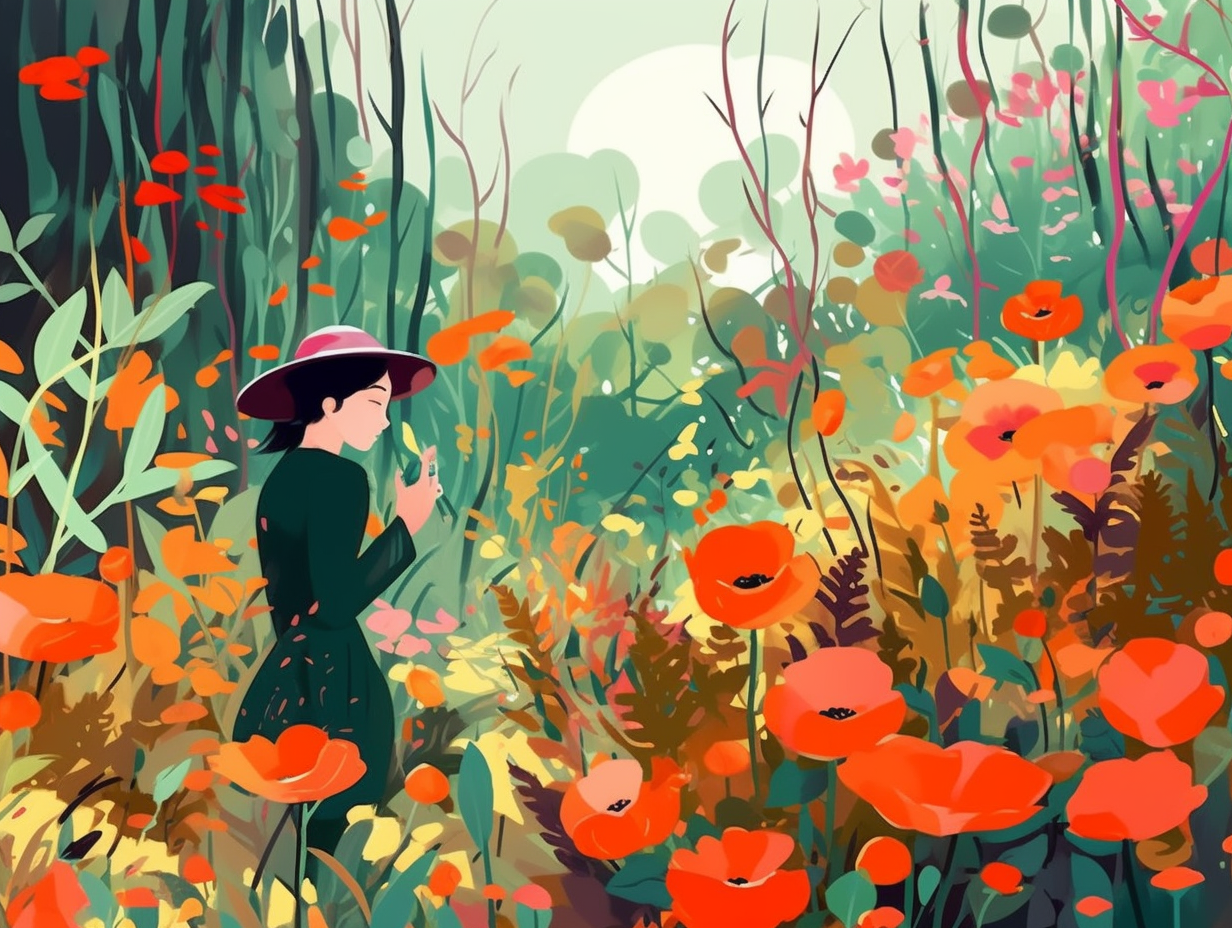
10. Seductive Wasp Impersonator Orchid
Feeling all hot and bothered? This cheeky Aussie orchid knows just how to lure its male suitors – by impersonating a seductive wasp on the prowl: The warty hammer orchid in Western Australia produces a scent identical to the female thynnine wasp's pheromone while flaunting a labellum shaped like her body, causing male wasps to pollinate the orchid as they attempt to mate. Talk about a cunning love potion in disguise!
Source => fs.usda.gov
11. Alpine Pennycress, the Metal Muncher
Move over, metalheads: there's a new rock-loving groupie in town – the Alpine Pennycress! This heavy metal-munching marvel gobble up zinc and cadmium as if it's the free snacks backstage at a rock concert: Specially evolved as a defense mechanism against herbivores and pathogens, the Alpine Pennycress absorbs heavy metals from the soil, making it a superstar when it comes to phytoremediation projects and healing contaminated lands. Rock on, little wildflower!
Source => wildflowerweb.co.uk
12. Devil's-bit Scabious: Herbivore Hero
When the devil bit off more than he could chew – and then spitefully spit it back out: The Devil's-bit Scabious, a wildflower with purplish-blue petals, serves as a vital nectar source for bees, moths, and butterflies, while also being the dedicated food plant for marsh fritillary caterpillars and narrow-bordered bee hawk-moth larvae.
Source => thehazeltree.co.uk
13. Sleepy Jack-go-to-bed-at-noon Wildflower
Forget about Jack and the Beanstalk, meet Jack the sleepy flower: The Jack-go-to-bed-at-noon wildflower, thriving along the UK and Ireland’s coasts and roadsides, entertains with its peculiar habit of opening its lovely yellow petals in the early morning, just to embrace the lazy life and close up for an afternoon siesta once the sunlight reaches its peak. But don't judge Jack - several other wildflowers are crashing the siesta party too!
Source => ispotnature.org
Related Fun Facts

